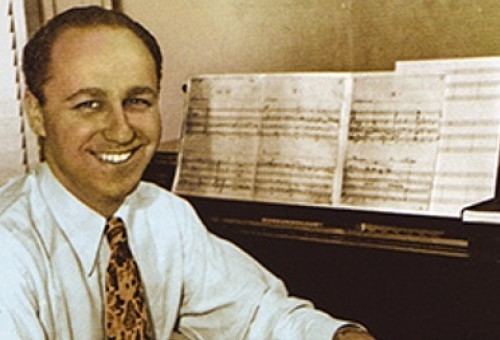نگهدار جمالی،
سینمادوست، مبلّغ سینما و فیلمساز خودآموختۀ شیرازی که برای فیلمهای ویدئویی
وسترن، تارزانی و اکشنی که با کمک دوستان و هممحلههایش می ساخت، اول در شیراز و بعد به لطف مستند
کامران حیدری، «من نگهدار جمالی وسترن میسازم»، در سطحی جهان به شهرتی کوچک
رسیده بو،د شب پنجشنبه، 22 آبان، بر اثر ابتلا به کرونا فوت کرد.
این خبر را کامران
حیدری مستندساز تأیید کرد که قصد داشت فیلم دیگری با مرحوم نگهدار بسازد.
تماشاگران بینالمللی
با وجد فراوان «من نگهدار جمالی وسترن میسازم» را در لندن و نیویورک و شهرهای دیگر دیدند و به
دنیای ساده اما دیوانهوار این وسترنباز شیرازی خندیدند، نه از سر تمسخر، بلکه از
سر همراهی با شیدایی او و ایمانش به کاری که میکرد.
وقتی اولین بار این فیلم را دیدم، نگهدار را رومانتیکی یافتم که شکستهای متعددش چیزی از عشقش به سینما نکاسته و دربارهاش نوشتم «نگهدار جمالي يكي از وجدآورترين فيلمهاي سال 2013 است كه ميتواند هر بينندهاي را تحت تأثير قرار دهد و فقر فيلمهاي اين مؤلف شيرازي ناخودآگاه او را به وسترنهاي اوليه ادگار اولمر پيوند ميدهد.»











